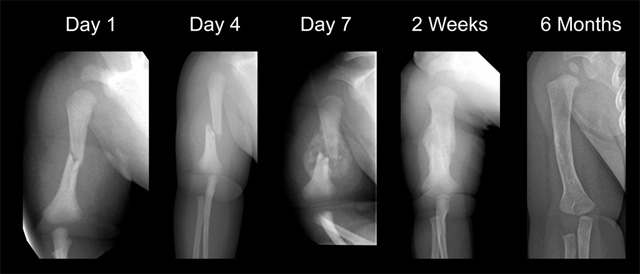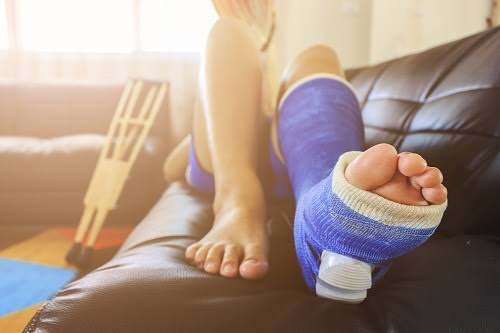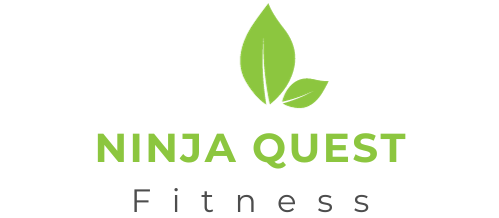How Does Weight Bearing Influence the Bone Healing Process? Bone healing is like a puzzle: it requires the right pieces in the right places to ensure the best results.
Weight-bearing plays an important role in bone healing, and understanding the benefits and techniques for weight-bearing can help speed up the recovery process.
In this article, we’ll explore How Weight Bearing Influence the Bone Healing Process and provide strategies for successful recovery.
Contents
- 1 Bone Healing Overview: the Phases and Mechanisms of Bone Repair
- 1.1 Factors Affecting Healing: Exploring Variables That Impact the Bone Healing Process
- 1.2 Weight Bearing Benefits: Positive Influence of Weight Bearing on Healing
- 1.3 Techniques for Weight Bearing to Gradually Introduce and Manage Weight:
- 1.4 Recovery Strategies: Supporting Bone Healing Through Comprehensive Rehabilitation and Care
- 1.5 Frequently Asked Questions:
- 1.6 Conclusion:
Bone Healing Overview: the Phases and Mechanisms of Bone Repair
Your bones’ healing process is complex and multifaceted. It involves several elements, such as stress relief, nutrition, and weight bearing.
Stress relief helps to reduce pain and prevent further damage. Proper nutrition is also key to providing essential nutrients to the bone for the healing process to occur.
Weight-bearing plays an important role, as it helps to promote bone formation and boost the healing process. Weight-bearing activities should be done carefully, as too much stress can cause further damage.

Additionally, ensuring adequate nutrition is essential as it helps to provide the bone with the necessary nutrients to heal.
Therefore, proper stress relief and nutrition are essential for successful bone healing, while weight bearing must be monitored carefully to ensure it isn’t causing further damage.
Factors Affecting Healing: Exploring Variables That Impact the Bone Healing Process
When considering how weight bearing influences the bone healing process, it’s important to understand the various factors that can impact the process. Risk factors such as age, gender, and genetics may all affect the healing rate.
Additionally, nutrition plays a vital role in the healing process, as vitamins, minerals, and proteins are essential for the body to repair itself. Not getting enough of these nutrients can slow the healing process and even lead to further damage.
Other factors that can affect bone healing include smoking, drugs, alcohol, and stress, as these can all weaken the body’s ability to repair itself.
When evaluating weight bearing and its influence on bone healing, these factors should be considered.
Weight Bearing Benefits: Positive Influence of Weight Bearing on Healing

Considering the various factors affecting bone healing, weight bearing can significantly benefit the process. By enabling early exercise, weight bearing can help improve muscle strength, joint mobilization, and balance. Additionally, it allows for rest periods that can help reduce the risk of further injury.
Weight bearing can bring the following benefits:
- Muscle strengthening
- Joint mobilization
- Improved balance
- Improved circulation
- Reduced risk of further injury.
Weight bearing helps bone healing in many ways, from promoting muscle strength and joint mobility to providing rest periods. These benefits can help speed up the healing process and reduce the risk of further injury.
Techniques for Weight Bearing to Gradually Introduce and Manage Weight:
By leveraging the muscle strengthening and joint mobilization benefits of weight bearing, you can help facilitate bone healing. Exercise modifications, supportive shoes, and diet changes can all be utilized to promote bone healing.
Start with low-impact activities like swimming or walking to begin your weight bearing routine. When you’re ready to progress, you can add in more dynamic exercises such as leg lifts, squats, and lunges.
Stable, supportive shoes are also important for weight bearing. Lastly, maintaining a healthy diet and optimal hydration levels are also essential for successful bone healing.
Recovery Strategies: Supporting Bone Healing Through Comprehensive Rehabilitation and Care
Maximizing your recovery requires proper strategies for weight bearing. A combination of post-operative rehabilitation and lifestyle modifications can help you safely return to normal activities. Here are five tips to help you make the most of your recovery:
- Follow instructions from your medical team. This includes any physical therapy exercises, medications, or medical devices prescribed for you.
- Listen to your body. If you experience any pain or discomfort, take a break and rest.
- Gradually increase your activity level as your body heals. Start with light activities and gradually increase the intensity as you’re able.
- Eat a balanced, nutritious diet. Eating healthy foods can help your body heal and quickly rebuild damaged tissues.
- Stay hydrated. Drinking fluids can help reduce inflammation and speed up the healing process.
Frequently Asked Questions:
Weight-bearing too early can reduce bone density, increase healing time, and hinder rehab exercises. Doing so can lead to serious health risks and further injury.
Are you stuck with bone healing? Look no further! Non-surgical remedies and physical therapy can help. There is no need to bear the weight burden – why not try alternative solutions instead?
You can start weight-bearing after an injury depending on your exercise habits, bone density, and physical therapy. Please consult your doctor to decide when it is safe to begin.
You typically need 4-8 weeks for a bone to heal. Mechanical loading and bone remodeling are key factors in the healing process. They help optimize the healing process and ensure the bone heals properly.
Marvel at the modern way of tracking the healing process! From bone scanning to other tracking methods, monitoring progress is easier than ever. Keep an eye on your recovery and make sure you stay on track!
Conclusion:
Weight-bearing is a major factor in the bone healing process. Studies have shown that patients who engage in weight-bearing activities experience a 20% faster healing time.
Finding the right balance between activity and rest during recovery is important, so work closely with your doctor to ensure the best outcome.
With the right approach, you can return to your daily activities quickly.

Santhan, known to many as Linda, combines her personal training expertise with exceptional motivational coaching skills. Her articles are not just informative but also incredibly inspiring, encouraging readers to take action and pursue their fitness goals. Linda’s unique approach to writing integrates practical fitness guidance with motivational elements, making her content both useful and uplifting.
